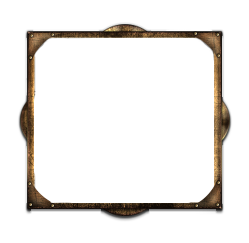Posted By Snipehunter at 1:15 PM - Wed Jun 12 2019
Posted By Lodrig at 02:04 AM - Wed Jun 12 2019
Not really impressed, a proper wold gen involves erosion to sculpt the land forms and create the rivers simultaneously with the drainage topography. SBS clearly generated terrain first without the influence of erosion and then tries to model water flow with no alteration of terrain.
Whoah, hold up. No one said that. There is a difference between "We don't use this process for that" and "we don't do that at all" - and the space between them seems to be where you leapt to the wrong conclusion. If one looks at the coastline of the images we've shared, it should be pretty obvious that erosion has, in fact, been factored into the process. If that isn't clearly seen, then please allow me to say it explicitly: Erosion has been factored into the world generation process. In fact, this water sim doesn't touch the world until after erosion has been factored into the terrain data.
At a certain point in the process, we "freeze" the terrain - it becomes static data, a heightfield, that we then use in further world generation steps. From then on, the terrain is not malleable and cannot be terraformed. Once the terrain is static like this, we then model flow and water storage conditions for the static terrain data, that's the water sim we're talking about here.
Hope that helps! :)
I'm not making any judgment based on anything anyone said, I'm simply looking at your maps and inferring your processes from it as I know a bit about both the geology and standard techniques of map generation.
In any case your explanation seems to be that you did exactly what I said you did. Any "erosion" you did prior to water simulation was an emulation to try to make terrain that LOOKS eroded, as you can't actually simulate erosion without simulating flow. I suspect the you did what's called 'thermal' erosion on the world but that can't substitute for the lack of proper 'Hydraulic' erosion which is what I'm talking about.
Also the coastlines are not even the places one looks for erosion effects as coastline shape on a continental basis is dictated by plate tectonics. I would wager that you generated the coastlines shapes via fractal subdivision, a standard approach which produces decent results at a macro scale.
But I see no evidence of deltas, sandbars or any other deposition features that would form where a river meets the ocean and which only come out of a true simulation.









